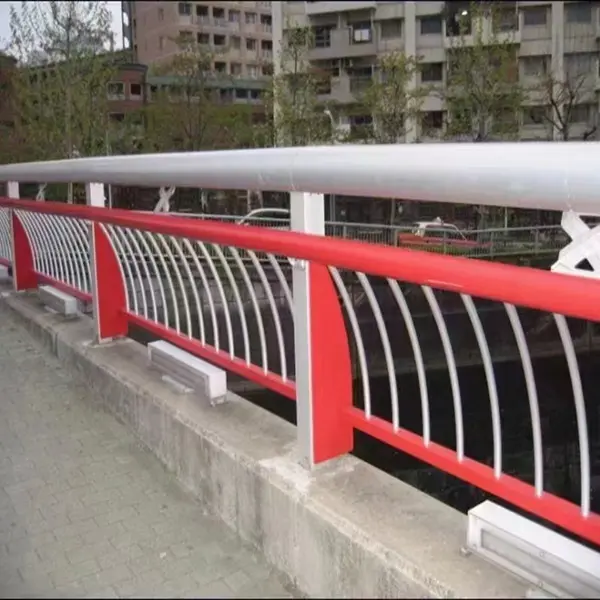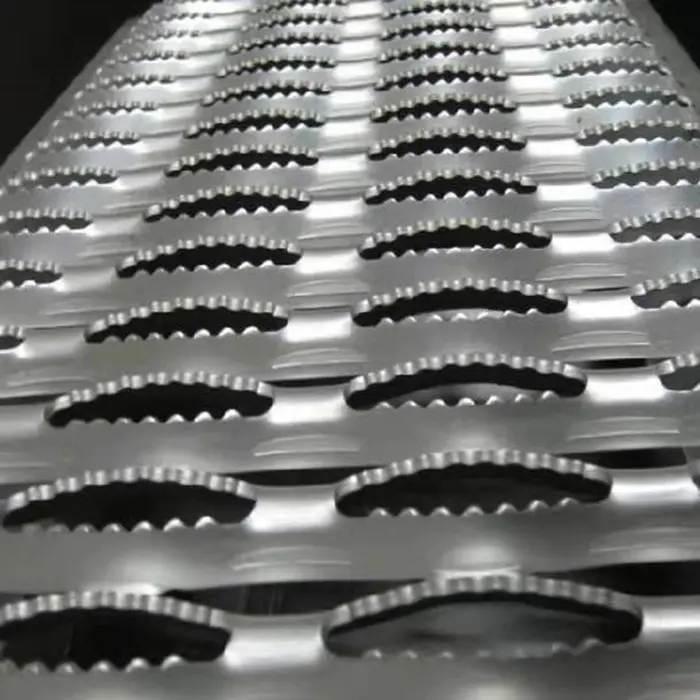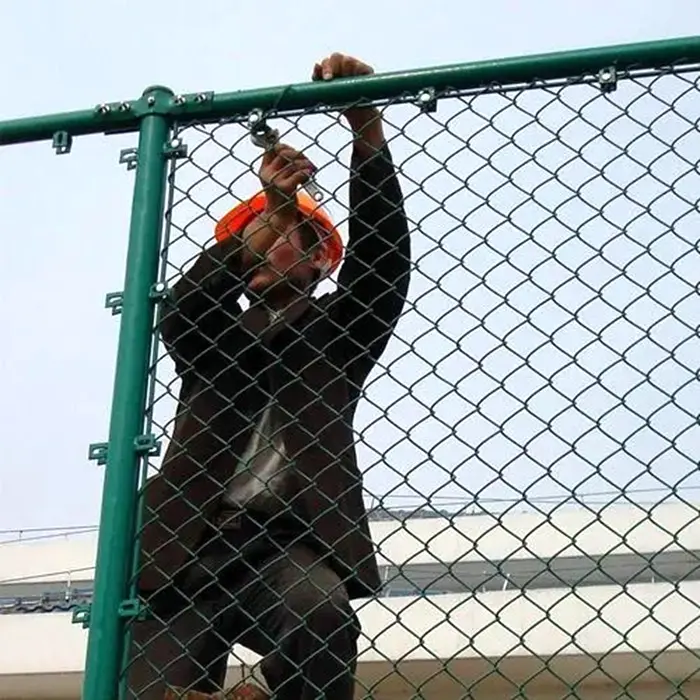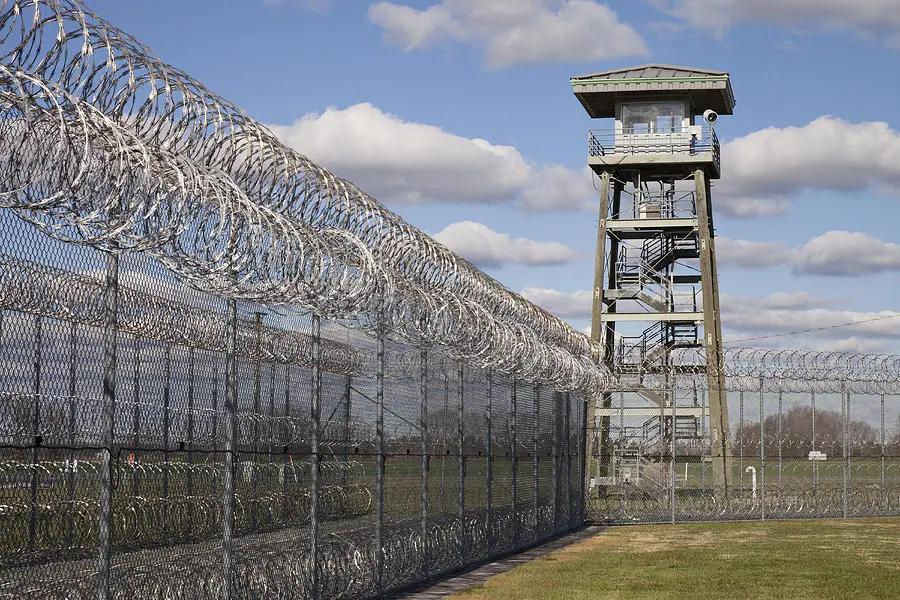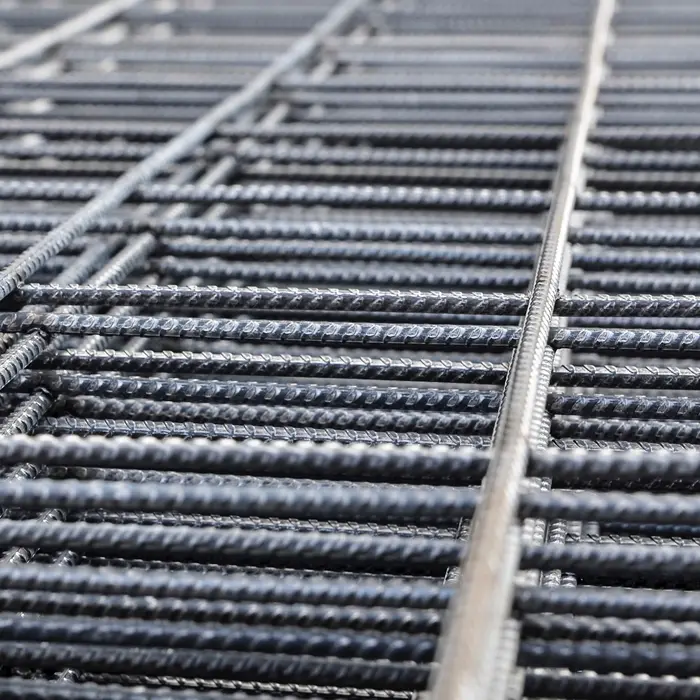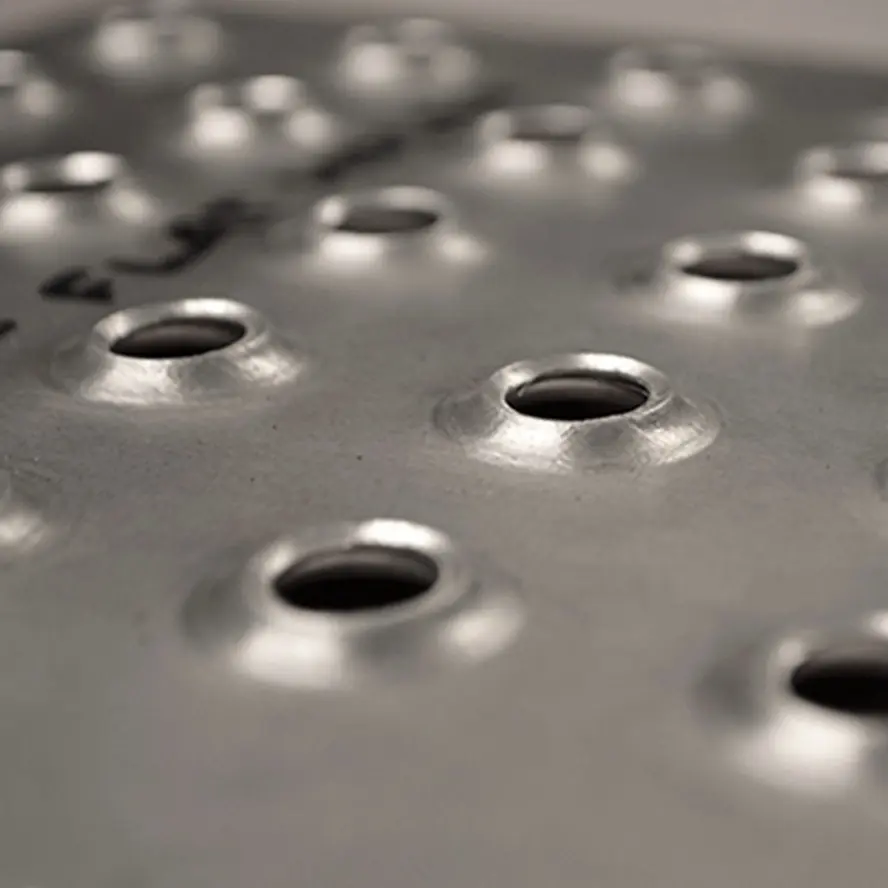- Understanding Types of Steel Grating
- Structural Advantages of Various Steel Mesh Types
- Technical Comparison: Strength, Weight, and Durability Data
- Supplier Evaluation and Manufacturer Comparison
- Custom Solutions: Tailoring Grating Types to Project Needs
- Application Case Studies
- Future Trends and Conclusion on Types of Steel Grating

(types of steel grating)
Comprehensive Overview: Types of Steel Grating
Steel grating is integral to industrial, commercial, and architectural applications for its robust performance and versatility. The fundamental types of steel grating
primarily include welded steel bar grating, press-locked grating, and swage-locked grating. Each variant offers unique benefits, targeting specific project demands. Welded steel grating employs a system of load bars and cross bars, welded at intersections, providing outstanding strength-to-weight ratios. Press-locked steel grating relies on precisely punched slots and pressure-locked bars, achieving a durable, tight-fitting mesh that prevents slippage. Swage-locked grating uses pre-punched rectangular bars and cross rods, permanently fixed by mechanical deformation for anti-slip resilience. These grating types feature diverse configurations such as serrated or plain surfaces, varying bar thickness, and mesh apertures, aligning with high-traffic, corrosive, or heavy-load environments. Such distinctive properties are crucial when selecting reliable flooring solutions or covers in industries like mining, petrochemical, energy, and transportation infrastructure.
Structural Advantages of Various Steel Mesh Types
Evaluating the structural characteristics among different steel mesh types reveals their suitability for varying operational requirements. Welded bar gratings are best known for their high static and dynamic load capacity, making them ideal for platforms and walkways in heavy industrial settings. Press-locked grating delivers a precise grid structure, offering both aesthetic appeal and functional integrity in architectural applications, such as façade elements or sunshades. The swage-locked variant, recognized for its mechanical fixation, excels in environments demanding superior anti-slip and impact resistance, pertinent to public transport stations and water treatment facilities. Additionally, serrated finishes enhance slip resistance for all grating varieties, significantly reducing workplace accidents in wet or oily conditions. Material options such as mild steel, galvanized steel, and stainless steel further refine performance metrics—galvanized steel, for instance, extends service life in outdoor or marine sectors due to its corrosion-resistant coating.
Technical Comparison: Strength, Weight, and Durability Data
Practical selection of grating types hinges on understanding the quantitative differences across key parameters. The following table compares three popular steel grating categories based on load capacity, weight per square meter, and durability (life expectancy in years under typical usage):
| Steel Grating Type | Average Load Capacity (kN/m2) | Weight (kg/m2) | Corrosion Resistance (Years) | Slip Resistance Rating |
|---|---|---|---|---|
| Welded Steel Bar Grating | 35 – 100 | 25 – 43 | 25 – 50 | Good (Serrated: Excellent) |
| Press-Locked Steel Grating | 30 – 85 | 23 – 40 | 20 – 45 | Very Good |
| Swage-Locked Steel Grating | 32 – 90 | 27 – 44 | 23 – 48 | Excellent |
| Life expectancy depends on environment; marine/exposed areas may reduce lifespan. | ||||
Data clearly shows a trade-off between weight and load-bearing capability; welded and swage-locked gratings typically outperform in high-load situations, whereas press-locked gratings favor projects needing refined aesthetics with moderate loading requirements. Corrosion resistance scales with surface treatments—hot-dip galvanization can increase lifespan by up to 40% over untreated steel.
Supplier Evaluation and Manufacturer Comparison
The steel grating market is globally competitive, with manufacturers leveraging technology, material sourcing, and production scale to differentiate their offerings. Key industry players include Nucor Grating (North America), Lionweld Kennedy (UK), Sinosteel (China), and AMICO (US). Factors such as manufacturing precision, availability of custom solutions, after-sales support, and compliance with international standards distinguish leading suppliers. For instance, Nucor Grating emphasizes strict ASTM and NAAMM compliance, tracing material from melting to final product and offering rapid-turnaround for custom orders. Meanwhile, Sinosteel deploys fully automated welding lines, achieving lower costs in large-scale orders but with longer shipping lead times. The table below summarizes typical key metrics:
| Manufacturer | Custom Options | Certifications | Average Lead Time (weeks) | Warranty (years) |
|---|---|---|---|---|
| Nucor Grating | Extensive (bar size, mesh, finish) | ASTM, NAAMM, ISO 9001 | 3 – 5 | 15 |
| Lionweld Kennedy | Wide (bespoke panels, finishes) | ISO 9001, CE Marking | 4 – 7 | 12 |
| Sinosteel | Flexible (volume-focused) | ISO 9001, SGS | 6 – 10 | 10 |
| AMICO | Custom (profile, surface, color) | ASTM, NAAMM, ISO 9001 | 3 – 6 | 14 |
Selecting the right supplier involves matching technical specs with project timelines, certification standards, and available technical support. Companies with robust R&D are increasingly offering digital design integration, further optimizing installation workflows.
Custom Solutions: Tailoring Grating Types to Project Needs
Standard grating panels may not suit all industrial scenarios, especially when unique load demands, corrosive exposures, or design requirements prevail. Custom solutions include varied bar spacing, panel dimensions, and mesh configurations. For example, platforms exposed to constant heavy forklift traffic may require reinforced welded steel gratings with heavy-duty load bars and anti-slip serrations, whereas architectural features like screening and stair treads benefit from press-locked or swage-locked grating, tailored to desired visibility and air flow. Surface finishing, crucial for extending longevity, may range from galvanization, powder coating, to epoxy-based treatments, each catering to specific chemical resistance and color compatibility. Recent developments in 3D modeling allow for precise mapping of grating fit, reducing site modifications and speeding up installation. Furthermore, modular design, with interlocking or bolted panels, enables future flexibility with minimal operational downtime during upgrades or replacements.
Application Case Studies
A broad array of industries capitalizes on the adaptability and performance of steel gratings. In offshore oil platforms, welded steel bar gratings are used for decks subject to immense live loads and harsh saltwater environments. A case in the Norwegian North Sea showed galvanized welded grating panels maintained structural integrity for over 30 years, surpassing initial life expectancy by 20%. Urban infrastructure improvements in Singapore utilized press-locked steel grating for pedestrian bridges and ventilation intakes, reporting a 35% reduction in slip incidents post-installation. In public transit stations across Europe, swage-locked gratings with serrated surfaces have been implemented to combat heavy commuter traffic and wet conditions, achieving up to 50% fewer maintenance interventions per year. Chemical plants globally prefer stainless steel mesh types for sumps and drainage covers, leveraging corrosion resistance and easy cleaning characteristics. Each deployment underscores the importance of aligning grating specification with application-specific demands, leveraging data-driven choices to boost safety, durability, and operational efficiency.
Future Trends and Conclusion on Types of Steel Grating
The evolution in types of steel grating mirrors advancements in metallurgy, digital fabrication, and sustainability standards. Growing construction in high-humidity, corrosive, and urban environments is increasing demand for advanced surface treatments and modular grating systems with smart integration. Manufacturers are investing in eco-friendly coatings and recycling initiatives, targeting reduced carbon emissions across the production cycle. Digital twin technology is being implemented in design stages, facilitating lifecycle tracking and maintenance prediction for critical infrastructure. Selecting between steel mesh types will increasingly depend not only on technical performance but also on compliance with evolving safety and environmental regulations. In summary, understanding the nuances among grating types—welded, press-locked, swage-locked—and their respective applications empowers project planners to optimize both reliability and cost-efficiency for demanding modern projects.
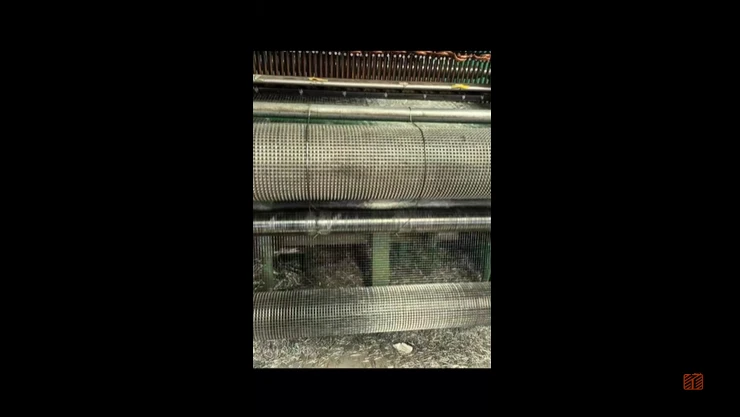
(types of steel grating)


